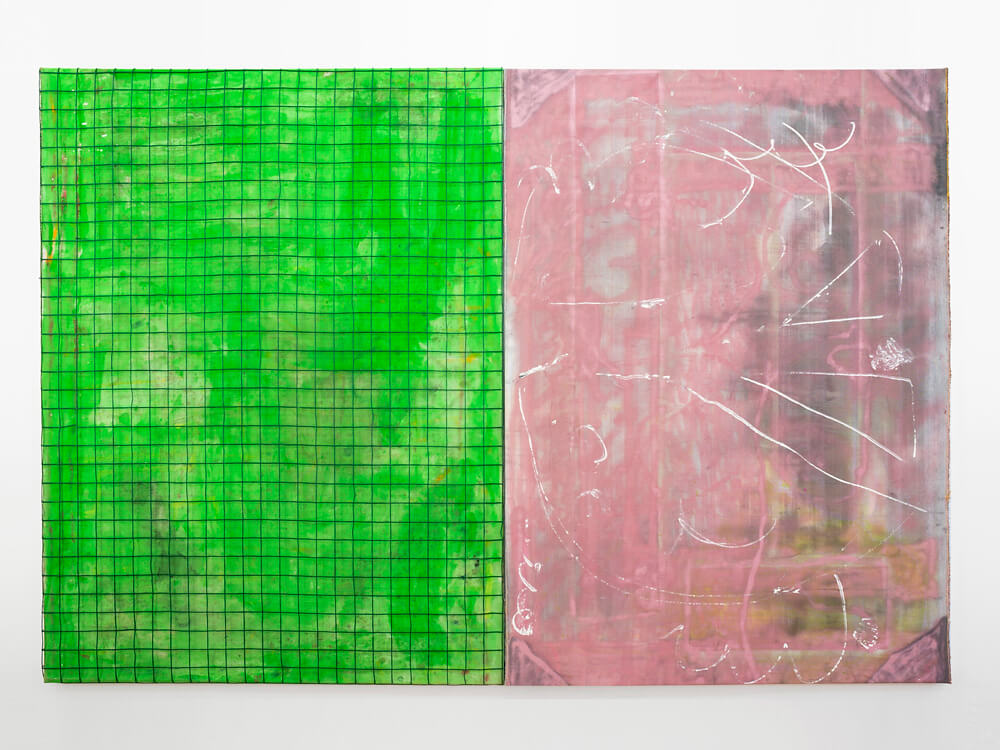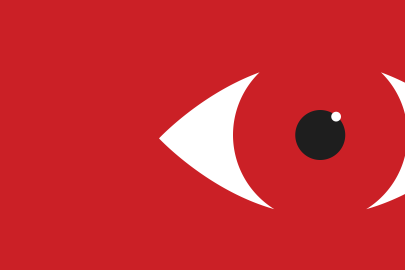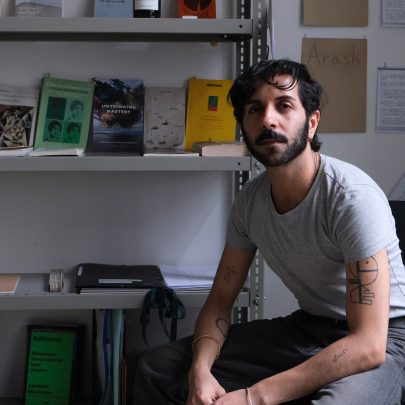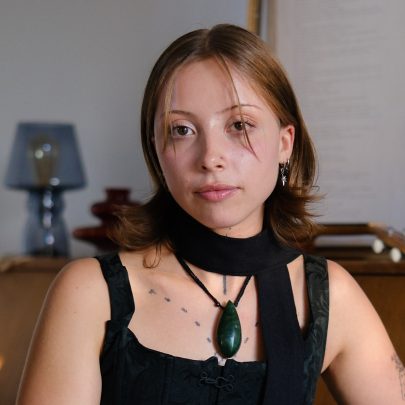Jan 14, 2020 Art
The past 10 years were enormous for New Zealand’s contemporary art world. Metro takes a look at where we are as the new decade begins, and some of the things that need to change to make Auckland a genuine player on the international art stage.
There are days in the Auckland art world when I wonder how a city of one and a half million people pulls this off. There’s the joy and rampant kookiness of placing Michael Parekowhai’s The Lighthouse on our waterfront, or letting Ronnie van Hout’s giant boy stride through Potters Park, or confusing the hell out of everyone with that crazy tangle of noodles on Dominion Rd, by Seung Yul Oh.
There’s the rebuilt, vastly improved Auckland Art Gallery. There are the last three artists we’ve sent to the Venice Biennale — Simon Denny, Lisa Reihana and Dane Mitchell — each of them, in their own way, a triumph. And since 2010, a succession of fantastic contemporary artists — Dan Arps, Kate Newby, Luke Willis Thompson, Shannon Te Ao and Ruth Buchanan — have won the biennial Walters Prize.
Then there are the days when I think, “What the actual fuck?” Crisis is too strong a word. But the art world has some major stuff to work through if we’re going to keep nurturing and building a scene worthy of an international city. Here’s my take on the good and the bad, as we enter the new decade.
We’re really good at exporting talent and ambition
The next Venice Biennale, in 2021, will mark 20 years since New Zealand first participated in the world’s most important art event. Venice has been a crucial part of the internationalisation of our scene, but it’s just one element. New Zealand — by necessity, really — has one of the most outwardly looking art communities in the world, and as a result, we’ve become an exporter of serious talent: Denny, Newby, Buchanan, Thompson, Francis Upritchard, Fiona Connor and Sriwhana Spong, to name a few. Zac Langdon-Pole, who seems to win a major international art award every other month, is another.
We have to keep supporting this expatriate ambition, through residencies and Venice and Creative New Zealand funding. One hugely welcome recent addition to this support is the Gasworks residency in London, which gives an emerging New Zealand artist several months, funded, in one of the world’s great art cities.
This year’s Sydney Biennale, which opens on 14 March, is going to be a significant moment to reflect on the state of contemporary Maori and Pacific art on the international stage. The artists from here are Reihana, Emily Karaka, John Miller and Elisapeta Heta, Kulimoe’anga “Stone” Maka and the Fafswag collective. It’s the biggest and most curatorially focused New Zealand contingent to head to Sydney for years, and it could be a turning point in how we think about the intersections between colonialism, class and climate change as we move into the 2020s.
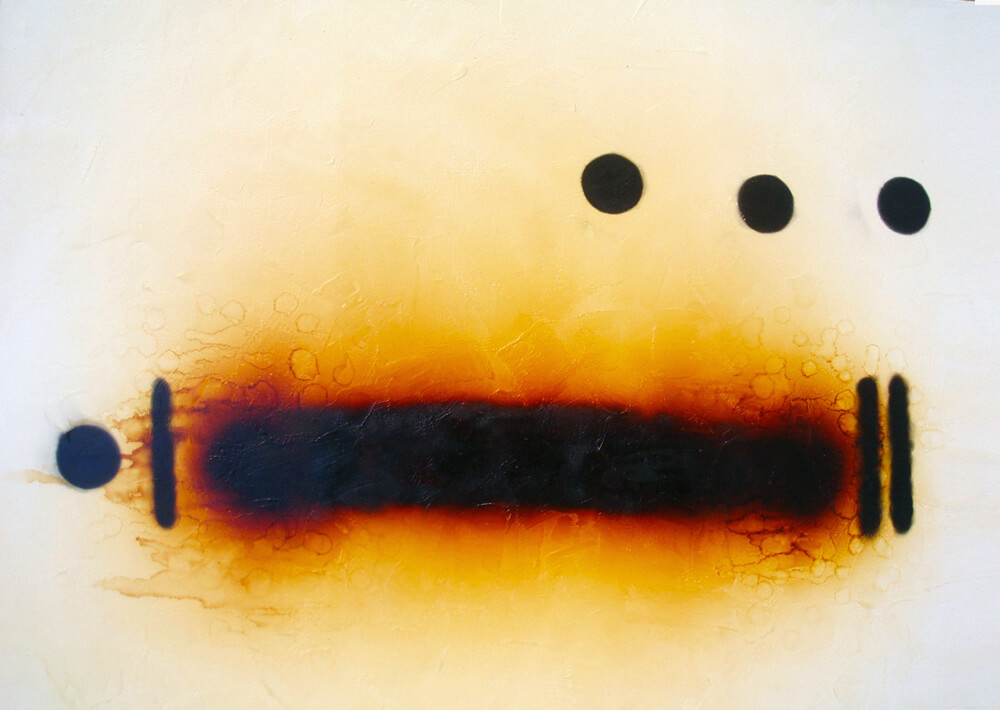
There’s some excellent art publishing going on
There’s been aspirational talk for years about how the digital space might support the growth of New Zealand art criticism. The Spinoff has found the best model so far. Its relatively new art section is overseen by two excellent art writers in Megan Dunn and Mark Amery, who are balancing interviews, essays, listicles and serious reviews from a diversity of voices, with a real energy and cultural bite.
Most of our galleries and museums, small and large, have been pumping out publications, and the three big university presses — Auckland, Victoria and Massey — have all put out excellent art titles in recent years. Damian Skinner’s biography of Theo Schoon set off a much-needed and healthy shitstorm last year. And there were two major McCahon publications in 2019, by Justin Paton and Peter Simpson (Simpson’s second volume will be out this year).
This attention, at length, on major art historical figures and older artists is hugely important. The Auckland and Christchurch Art Galleries have just co-published a substantial tome on Louise Henderson. But the big modernist story of 2020 is going to play out at London’s Royal Academy, when it stages a solo exhibition of the works of Rita Angus — an extraordinary recognition for an artist from this part of the world. There’ll be a serious monograph to accompany it, too.
The Auckland Art Gallery needs to figure out what it is
The change of directorship with Rhana Devenport’s departure (replaced by another Australian, Kirsten Paisley, after New Zealander Greg Burke withdrew) and the arguments about whether the AAG should have an admission charge have caused plenty of discombobulation at our largest institution. 2020 is the year the AAG needs to get itself sorted, because right now, it’s a confusing place. On the one hand, it can stage an exhibition like its beautiful 2019 Colin McCahon show: a perfect example of relevant, rigorous curating. On the other, it can host Denmark Design: a turnstiles-motivated show that contributes nothing to how we understand our place in the world in 2020.
There are, though, big changes in the pipeline. The much-loved and respected long-time curator of international art, Mary Kisler, is departing, and the AAG has created a new position for a Pacific art curator. Paisley is also bringing in the Australian Juliana Engberg — one of the most important curators ever to have come out of the Southern Hemisphere — on a seven-month contract. One of Engberg’s jobs is to help the AAG rethink its collection hang, which will have a major impact on how the gallery sees itself, and how its audiences experience it, over the coming years.
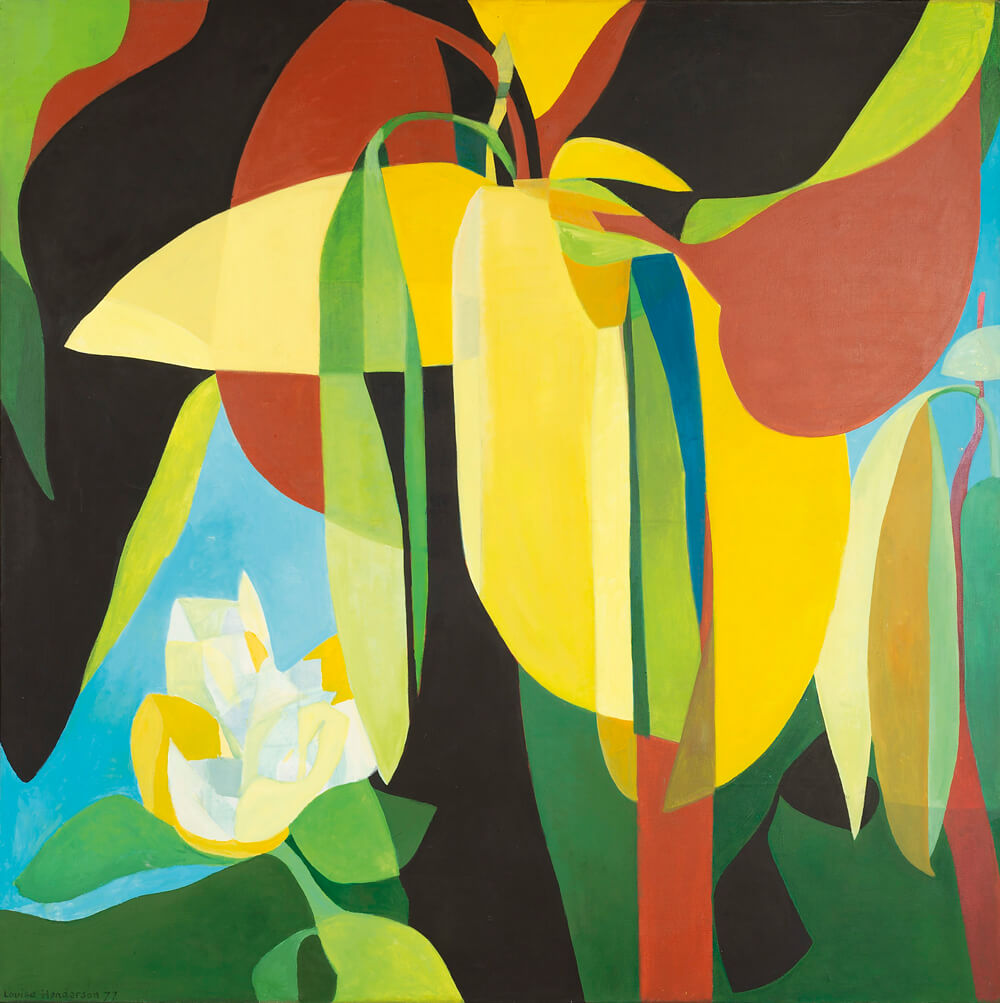
The art market in Auckland is way too powerful — and far too conservative
Flicking through an Auckland auction catalogue and reading the reserves, you’d be forgiven for thinking that, somehow, despite being a country of just five million people, with a Western art history that stretches back only 200 years, we’re absolutely awash in brilliant, important paintings.
With the exception of a handful of great examples, this is just not true. It’s a symptom of an art market with a worrying conservatism. A big part of this has been the growth of the auction market over the past decade, first in the hands of Art+Object, and now with the ambitious rebranding and relaunch of Webb’s. Auction houses serve an important purpose. But the speed with which some work is appearing on the auction block is obscene. Art works — and paintings in particular — are being treated like shares that can be easily traded and flicked, either for a quick-and-small profit, or to cut a short-term loss.
This is a global problem, but in a culture the size of ours it’s having outsize effects. The laws of supply and demand are a terrible logic to apply to contemporary art, because the best of it — the stuff that pushes the conversation forward the most — often isn’t recognised as such until well after the fact of its making. In our current high-turnover, low-ambition market, much of that work isn’t finding the support it deserves.
The people who should know better — and often do — need to be braver. And a new generation of collectors need to understand that buying the same five artists at auction as their neighbours isn’t doing anything to support the growth of New Zealand art.
Our art history departments are in deep trouble
It seems counterintuitive to say that art publishing is healthy but art history is not. But at an institutional level, things are grim. There have been high-profile examples, like the scrapping of the University of Otago’s art history programme and the closure of the Elam Fine Arts Library. But the country’s two most important art history departments — at Auckland and Victoria — are in trouble, too.
At Vic, the death of Roger Blackley was a huge loss, and the most recent head of department Geoffrey Batchen has just departed for Oxford. And at Auckland, retiring lecturers aren’t being replaced: the kind of silent attrition that fails to gain headlines but is just as damaging as redundancies.
University policies and the lean towards STEM subjects are partly to blame, but not exclusively. A bunker mentality, due to falling enrolments, has meant our art history departments haven’t provided enough tenured space for ambitious young art historians. The departments have also failed to make themselves more widely relevant to contemporary culture, at precisely the time when the kind of close attention that art history teaches is so badly needed, as a counterpoint to the distraction economy that rules our lives.
As we enter a decade that will be defined by extreme acceleration — technological, political and climatic — we need critical thinkers more than ever. But right now, there’s a worrying shift against them. Auckland’s art world needs to support the artists and the writers, the curators and the historians, who really are prepared to stick their heads above the parapet. We have to redesign the ecosystem so that risk and bravery — and not the last clawing scratches of the market’s invisible hand — shape the things we most value.
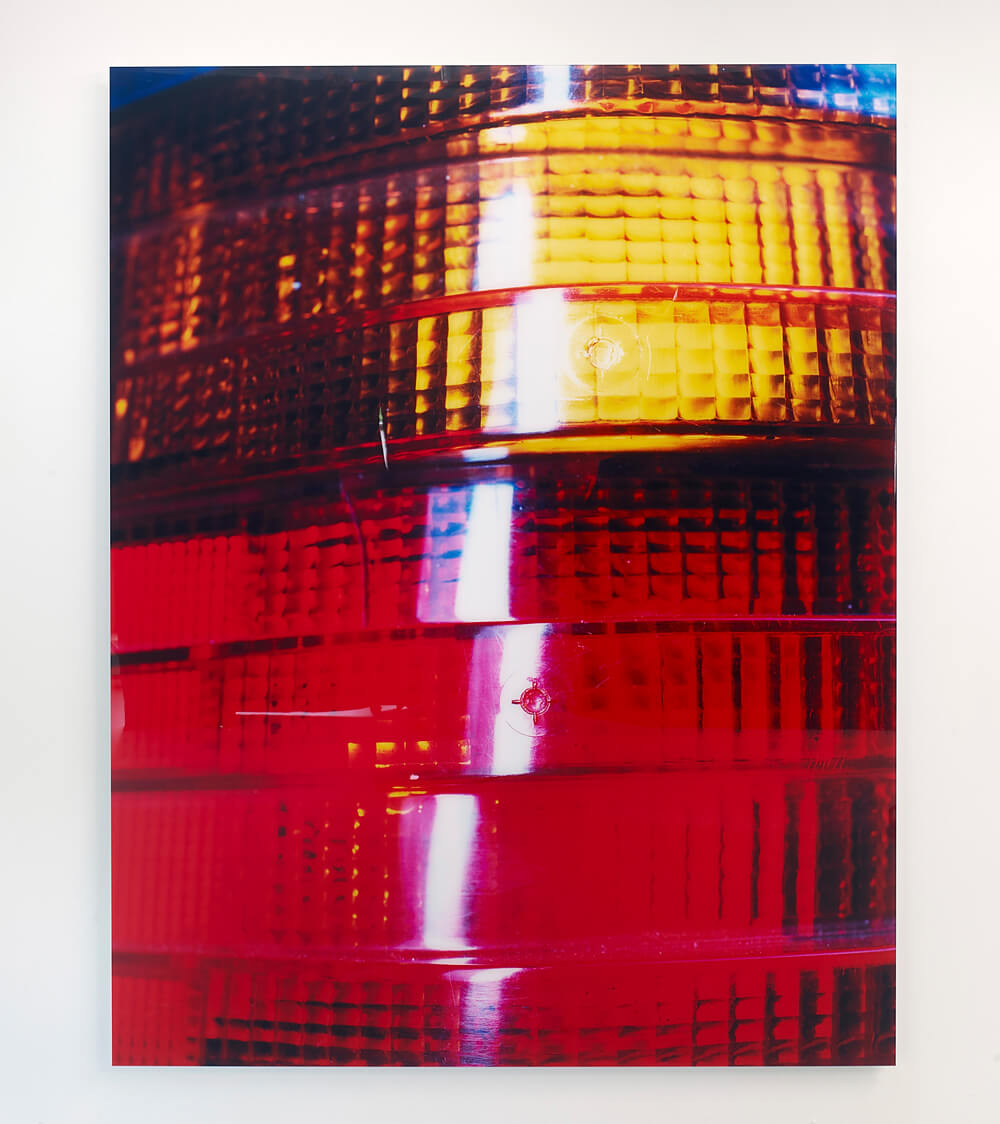
This piece originally appeared in the January-February 2020 issue of Metro magazine, with the headline ‘Favour the brave’.

